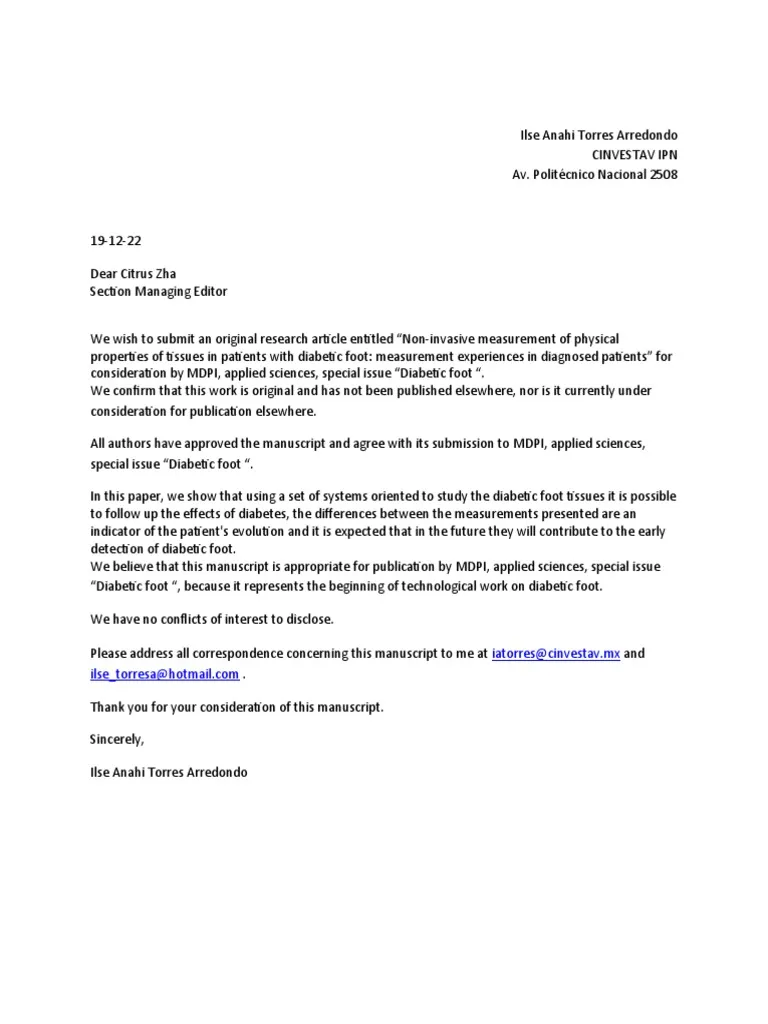What is a Cover Letter?
A cover letter is a crucial document that accompanies your resume when you apply for a job. Think of it as your personal introduction to a potential employer, a chance to showcase not just your skills and experience, but also your personality, enthusiasm, and how well you understand the job requirements. It’s a tailored document, specifically designed for each position you apply for, making it a key tool in the job application process. A well-crafted cover letter can significantly increase your chances of getting an interview by providing a more detailed explanation of your qualifications and why you’re a great fit for the role and the company. Many hiring managers review cover letters before even looking at resumes, making it the initial impression.
Why is a Cover Letter Important?
In a competitive job market, a cover letter provides a platform to differentiate yourself from other applicants. It goes beyond the bullet points of your resume, allowing you to tell a story about your career, career goals, and how you can contribute to the company’s success. It demonstrates your written communication skills, attention to detail, and your level of interest in the specific job. A cover letter allows you to address any gaps in your resume, explain career changes, or highlight specific skills or experiences that directly align with the job requirements. It’s your opportunity to make a compelling case for why you should be interviewed, showcasing your unique value proposition to the employer. Furthermore, a cover letter indicates that you’ve put in the extra effort to personalize your application, which is a sign of genuine interest in the opportunity.
Key Components of a Cover Letter
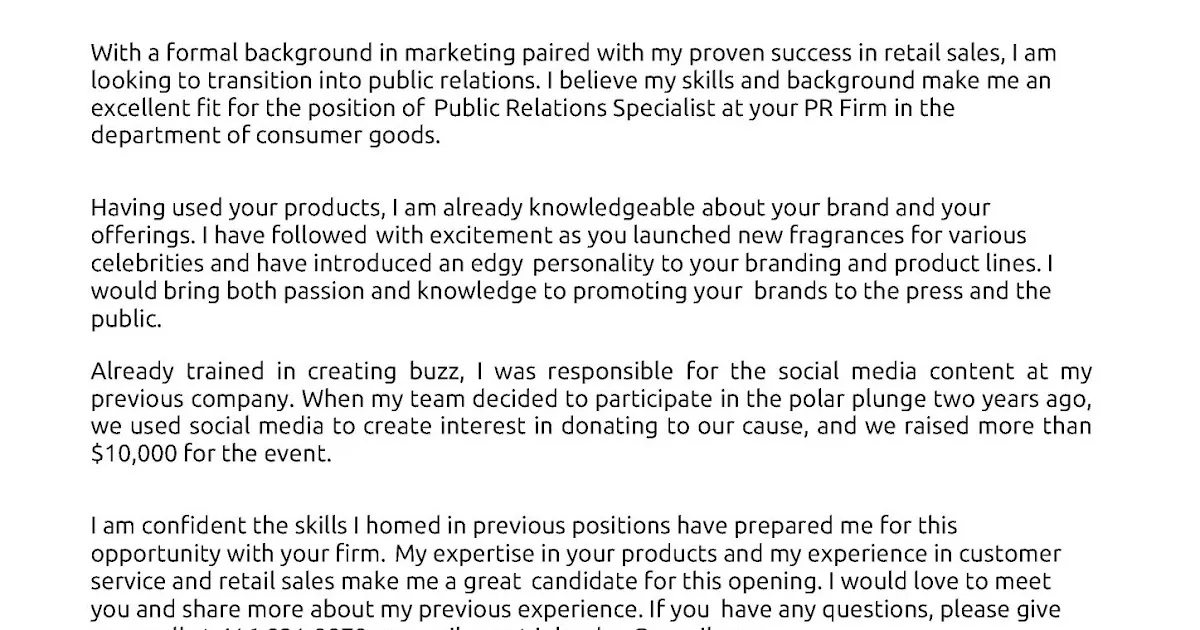
A well-structured cover letter follows a standard format to ensure clarity and professionalism. Each element serves a specific purpose, contributing to the overall effectiveness of your application. Understanding the key components is essential for creating a cover letter that captures the hiring manager’s attention and effectively communicates your qualifications. The structure makes the information easy to digest and allows the reader to quickly understand your key strengths and suitability for the role.
Contact Information
Start with your contact information at the top of the letter. Include your full name, phone number, email address, and optionally, your LinkedIn profile URL. This ensures the hiring manager can easily reach you. The formatting should be clear and professional, making it easy to find the information. Ensure the phone number and email are up-to-date, as these are the primary means of contact during the hiring process. Verify the email address for accuracy, as any typos can result in a lost opportunity. Consistent and professional formatting makes a positive impression.
Date
Below your contact information, include the date you are writing the cover letter. This is important for record-keeping purposes and provides context for the application. The date format should be consistent and professional, such as Month Day, Year (e.g., October 26, 2024). This shows attention to detail and adherence to standard business practices. The date ensures the letter’s relevance is clear.
Recipient Information
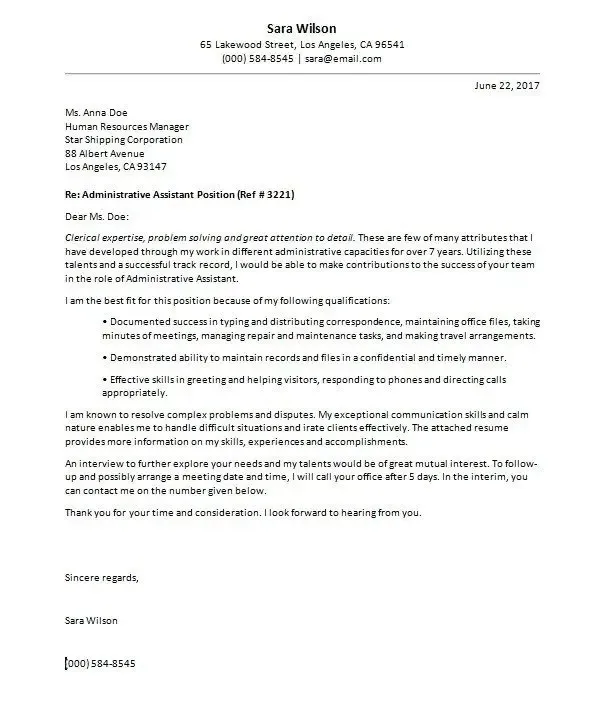
Address the letter to the hiring manager or the specific person mentioned in the job posting. If you can’t find a name, use a professional greeting such as “Dear Hiring Manager.” Personalizing this section shows that you have done your research and are genuinely interested in the position. It is a key factor in grabbing the reader’s attention. When possible, find out the name and title of the person who will be receiving the letter. This attention to detail can make a favorable first impression.
Salutation
The salutation sets the tone for the entire letter. Use “Dear [Mr./Ms./Mx. Last Name]” if you know the hiring manager’s name. If you don’t, “Dear Hiring Manager” is a suitable alternative. Avoid generic greetings, which may come across as impersonal. A professional and personalized salutation immediately indicates that you have put time and consideration into your application. Always make sure you have the correct title and name to avoid mistakes.
Body Paragraph 1: Introduction
The introduction should state the purpose of the letter - the job you are applying for - and how you learned about the opportunity. Briefly mention why you are interested in the position and the company. Make it engaging and concise, immediately grabbing the reader’s attention. Show enthusiasm for the role and highlight what makes you a suitable candidate. Consider mentioning a key skill or achievement that aligns with the job requirements to hook the reader and encourage them to continue reading. The introduction is your first chance to create a strong positive impression.
Body Paragraph 2: Skills and Experience
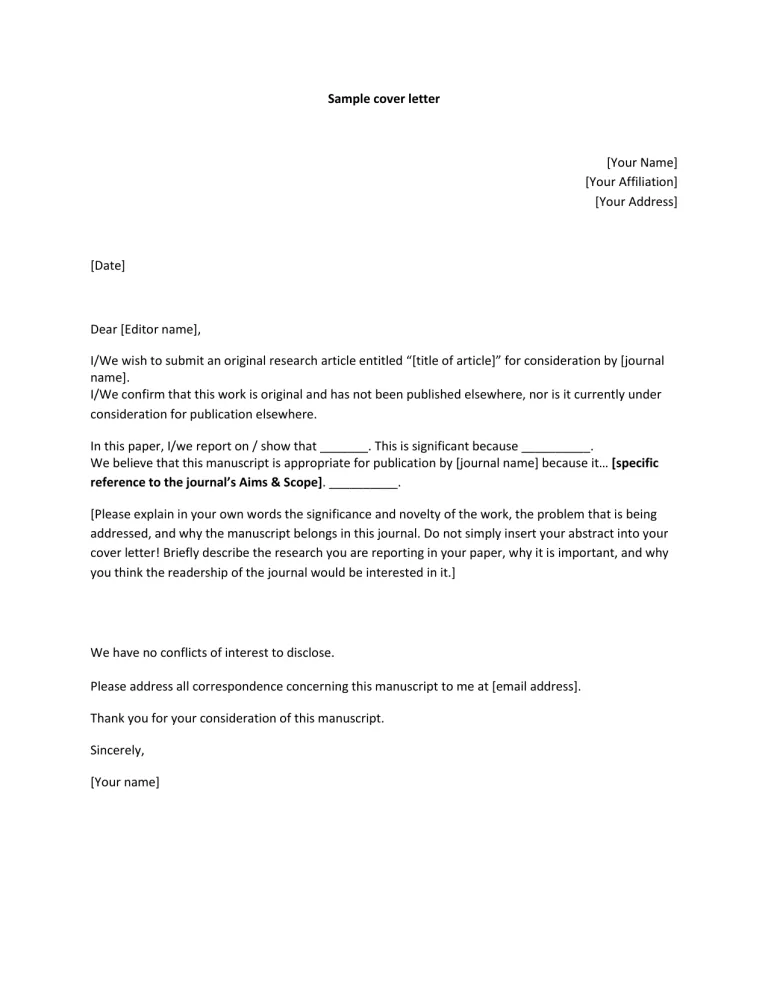
This is where you highlight your relevant skills and experience. Provide specific examples of your accomplishments, quantifying them whenever possible. Mention skills that match the job description and explain how your previous experiences have prepared you for this role. Use action verbs to describe your responsibilities and achievements. Tailor this section to the specific requirements of the job. Demonstrate how your skills and experiences align with the job requirements, and show the value you can bring to the role and the company. This is a chance to illustrate your capabilities in more detail than your resume allows.
Body Paragraph 3: Enthusiasm and Fit
In this paragraph, explain why you are enthusiastic about the specific role and the company. Research the company, understanding its mission, values, and culture, and explain why you are a good fit. Briefly mention your understanding of the company’s goals and how your skills will help them achieve those goals. Show that you are genuinely interested in the opportunity, not just any job. Expressing enthusiasm is a great way to highlight your interest and commitment to contributing positively to the team. Demonstrating your alignment with the company’s values and mission can significantly enhance your application.
Closing Paragraph
Reiterate your interest in the position and express your enthusiasm for the opportunity. Thank the hiring manager for their time and consideration. State your availability for an interview and how they can contact you. A strong closing reinforces your key points and ensures the hiring manager remembers you. Keep this paragraph brief but impactful, re-emphasizing your commitment to the role and expressing a desire for the next step in the hiring process. This shows your professionalism and proactive approach.
Complimentary Close
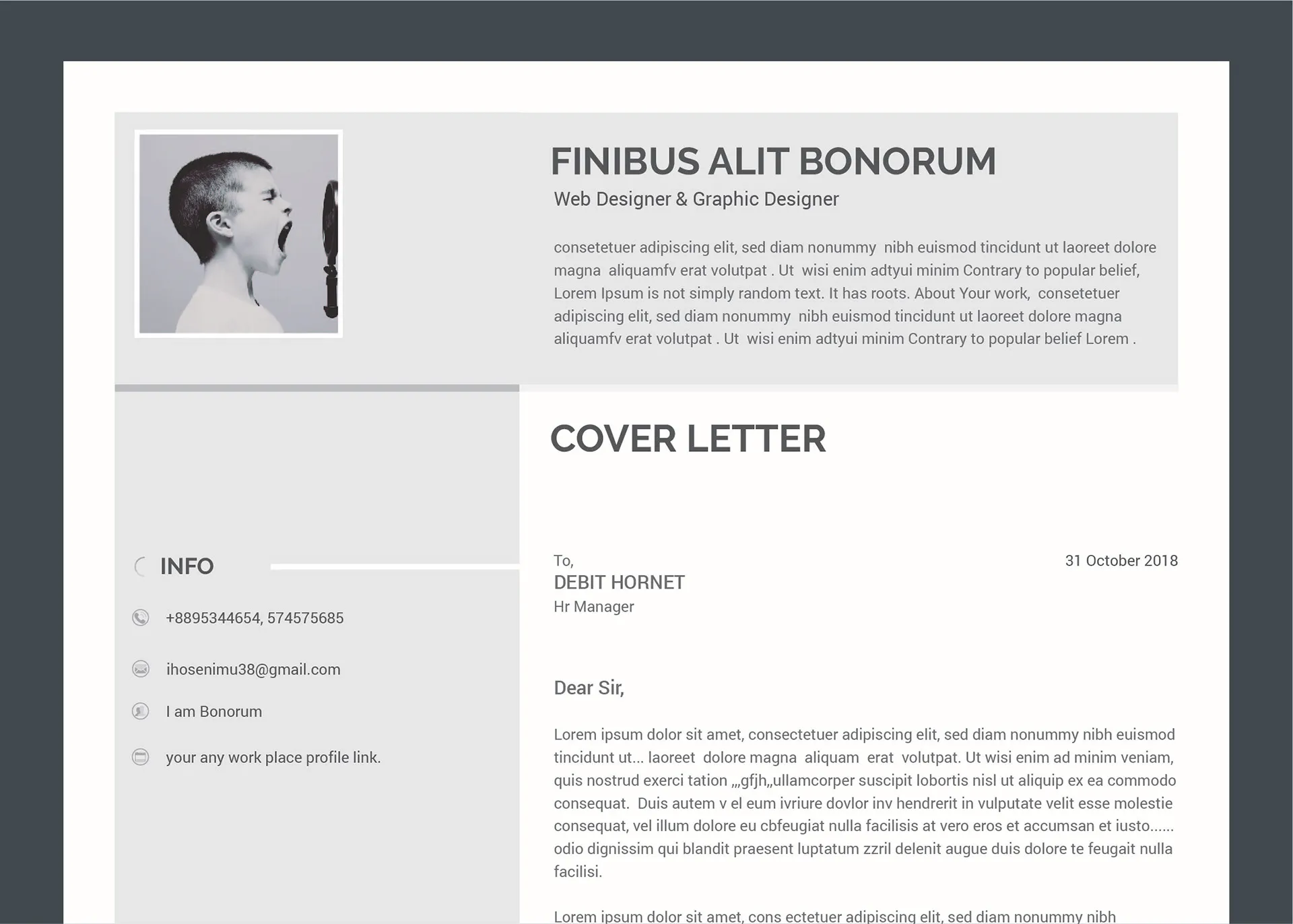
Use a professional closing such as “Sincerely,” “Best regards,” or “Yours sincerely.” Choose a closing that fits the tone of your letter. This is a standard way to end a formal letter. Maintaining professionalism is crucial throughout the entire document. This sets a positive tone and demonstrates your attention to detail.
Signature
If you are sending a physical copy, sign your name above your typed name. If sending electronically, type your full name. This provides a formal and personal touch to your application. Always make sure your name is clearly written, which helps the hiring manager recall your application. Use a signature that matches the style of the rest of your letter for consistency.
Cover Letter Examples
Reviewing cover letter examples can provide valuable insights and inspiration. It is an excellent way to gain inspiration on different formats, styles, and how to present your qualifications effectively. Different types of cover letters are suitable for various situations, such as entry-level positions, experienced professional roles, or those undergoing a career change. Tailor each letter to the specific job and your unique background. Examples can show you how to effectively structure your letter and emphasize the most relevant aspects of your experience.
Example 1: Entry-Level
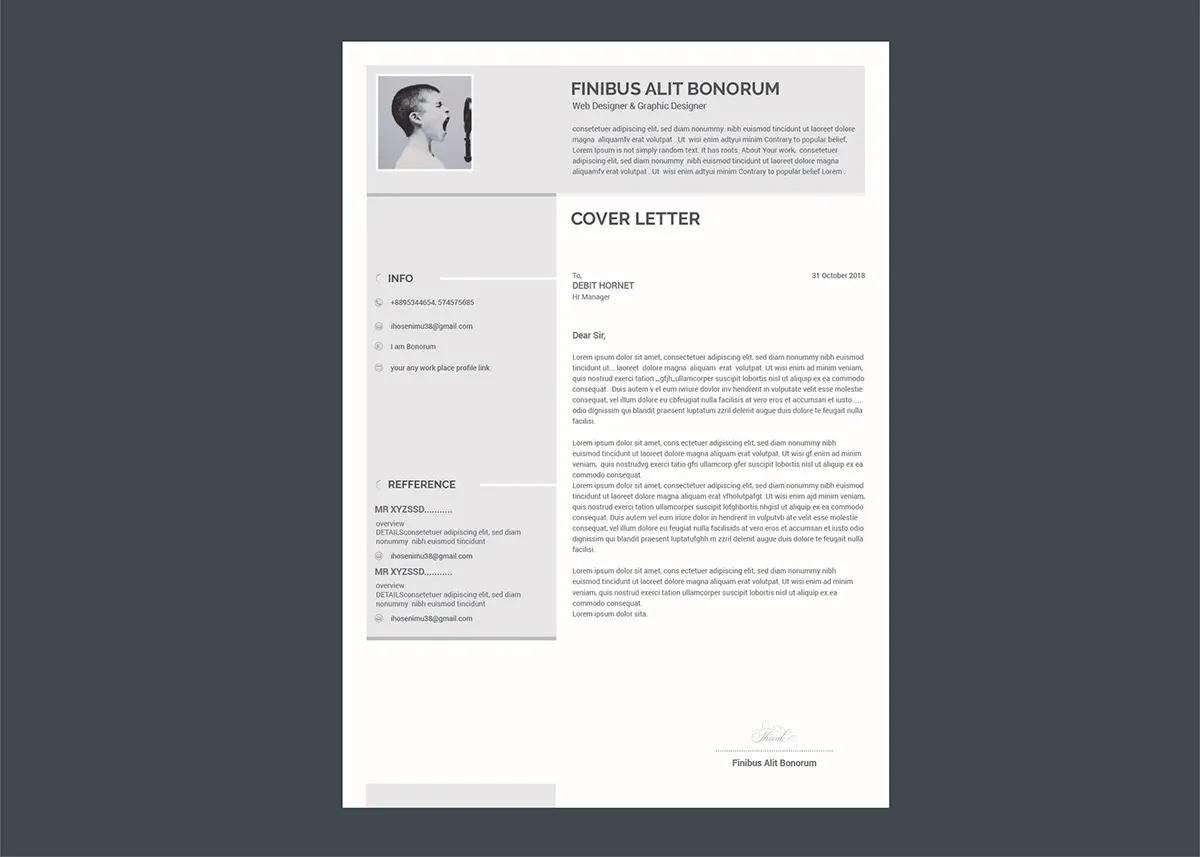
An entry-level cover letter emphasizes skills, education, and any relevant internships or volunteer experiences. Focus on how your skills and education align with the job requirements. Highlight any projects or experiences that demonstrate your capabilities. Show enthusiasm and a willingness to learn. An entry-level candidate might not have extensive work experience. Therefore, emphasize soft skills, such as communication, teamwork, and problem-solving. Be sure to highlight any relevant coursework or extracurricular activities. Tailor the letter to match the specific needs of the role.
Example 2: Experienced Professional
An experienced professional cover letter focuses on accomplishments and quantifiable results. Provide specific examples of your achievements and how you have contributed to past employers. Highlight skills and expertise relevant to the new role. Show a deep understanding of the industry and the company. Use data to demonstrate your impact, such as increasing sales, reducing costs, or improving efficiency. Focus on your leadership skills and experience. Showcase your ability to manage teams and projects. The experienced professional letter should tell a story of consistent career growth and tangible contributions.
Example 3: Career Change
A career change cover letter emphasizes transferable skills and relevant experiences from a different industry. Address how your past experience relates to the new role and why you are making the transition. Focus on skills, like problem-solving, communication, and leadership, that apply across industries. Show enthusiasm for the new industry and willingness to learn new skills. Acknowledge the career change and explain your motivations. Demonstrate a strong understanding of the new role and the industry. Show how your experiences are valuable and applicable. Highlight how you will bring value to the company.
Tips for Customizing Your Cover Letter
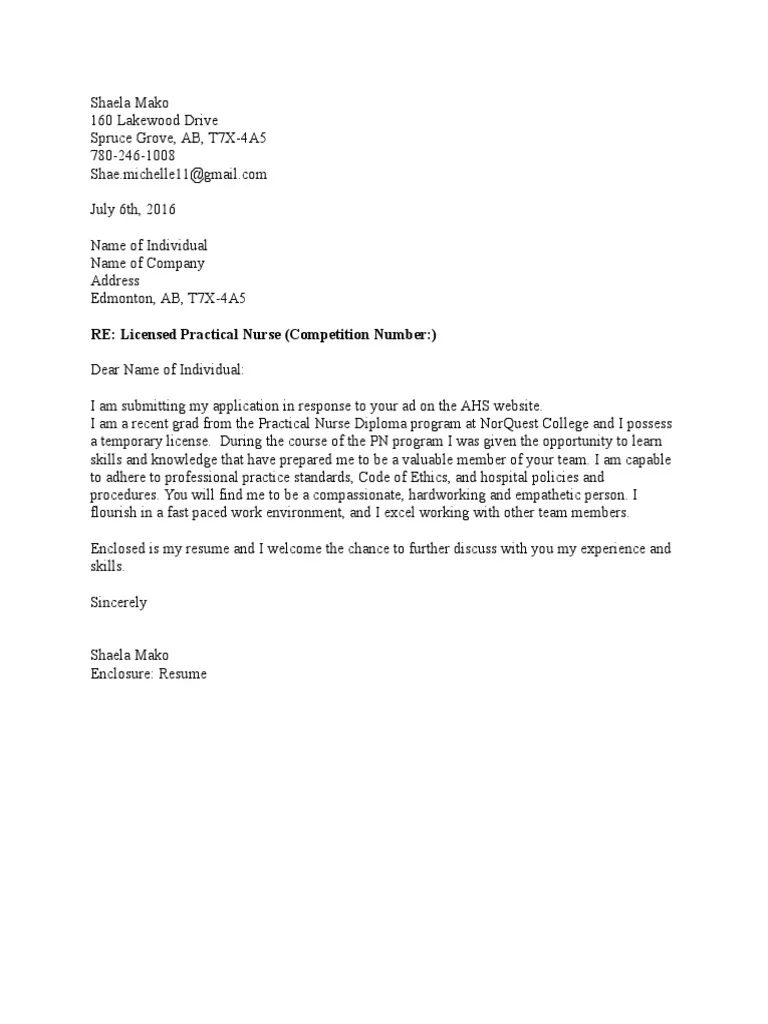
Customizing your cover letter for each job is key to making a strong impression. It’s important to show how your skills and experience specifically align with the requirements of the position. This will make your application more relevant and increase your chances of success. Customization demonstrates your attention to detail and commitment to the job.
Tailor to the Job Description
Carefully read the job description and identify the key skills and qualifications. Use the same keywords and phrases from the job description in your cover letter. This helps the hiring manager quickly see that you meet the requirements. Customize the content to align with the job’s requirements, highlighting relevant experiences. Mention any specific projects or accomplishments that align with the job responsibilities. Make sure you understand the role and the company’s expectations before you customize the letter.
Highlight Relevant Skills
Identify the skills most important for the role and highlight them in your cover letter. Provide specific examples of how you have used these skills in the past. If the job description emphasizes specific tools, technologies, or software, make sure to mention your experience with them. This shows the hiring manager that you possess the skills needed to excel in the position. Mention both hard skills and soft skills. Be sure to provide clear examples of how you have used the skills.
Use Action Verbs
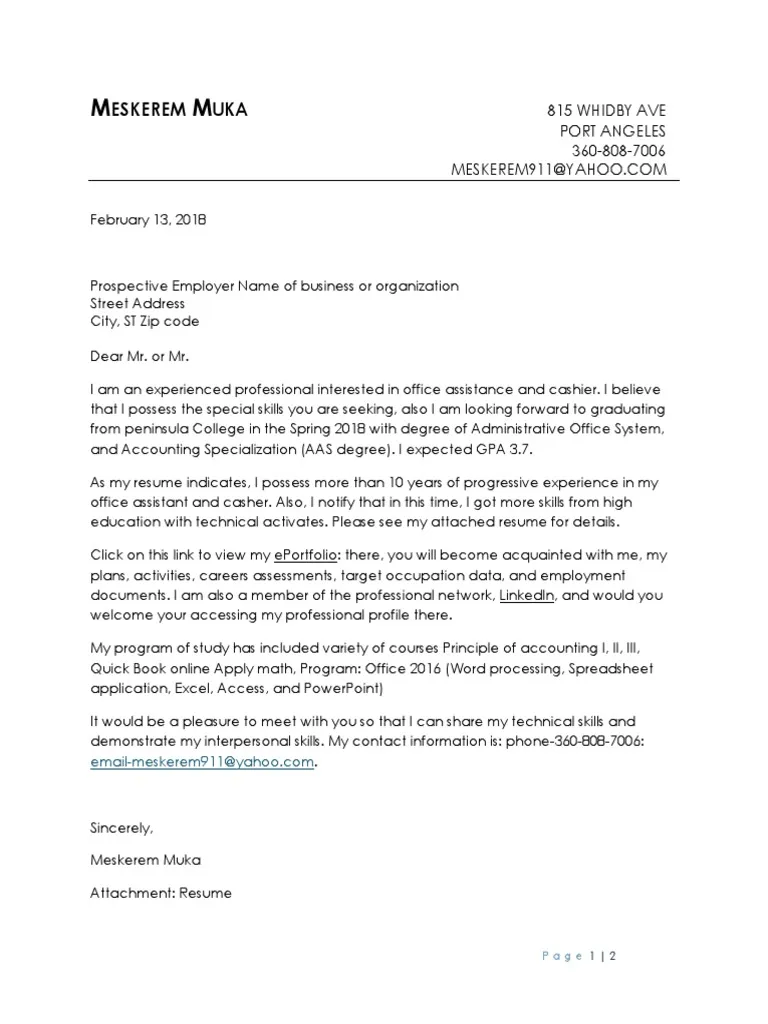
Start your sentences with strong action verbs to describe your accomplishments and responsibilities. This makes your cover letter more dynamic and engaging. Examples include “managed,” “led,” “developed,” “achieved,” and “implemented.” Action verbs provide energy and make the letter more readable. Ensure you’re using relevant action verbs throughout the letter to show how you have contributed in the past. Using active language makes your achievements more impactful and shows you as a proactive candidate.
Proofread Carefully
Proofread your cover letter multiple times for any grammatical errors or typos. Errors can create a negative impression. Have a friend or colleague review it. Proofread for both spelling and grammar. Check for correct punctuation and proper sentence structure. Ensure that the cover letter has a polished appearance. Proofreading is essential. This is an easy way to leave a good impression and highlight your attention to detail.
Common Mistakes to Avoid
Avoiding common mistakes can significantly improve the effectiveness of your cover letter. These mistakes can undermine your chances of getting an interview. Paying attention to details and avoiding these pitfalls will ensure your cover letter leaves a positive impression on hiring managers.
Typos and Grammatical Errors
Typos and grammatical errors make you look unprofessional. Always proofread your cover letter carefully. Check for spelling, grammar, and punctuation mistakes. Use a grammar checker tool to catch any errors you may have missed. This demonstrates attention to detail and professionalism. Ensure the quality of the presentation and the content, as both are important. Make sure the tone of the letter is consistent and appropriate for the job.
Generic Cover Letters
Avoid using a generic cover letter that could be sent to any company. Customize each cover letter to the specific job and company. Generic cover letters fail to impress employers because they do not showcase genuine interest. Customize the letter to include the company’s name, the specific role, and relevant experiences. Personalization makes a clear impression that you’re genuinely interested in the role and the organization.
Lack of Enthusiasm
Show your enthusiasm for the job and the company. Express your interest in the role, and demonstrate why you are a good fit. Use enthusiastic language and explain why you are excited about the opportunity. Enthusiasm can make you stand out from other candidates. Employers seek candidates who are genuinely passionate about the company and the position. Be sure to showcase your motivation throughout the entire letter.
Ignoring the Job Description
Do not ignore the job description. Always tailor your cover letter to the specific requirements. Highlight the skills and experiences the employer is looking for. Use keywords and phrases from the job description. The more you align the content of your cover letter with the job description, the more you will increase your chances of being selected for an interview. This can be a simple way to make a good first impression. This is your opportunity to show how your qualifications align with the role.
